
- Created2022.06.10
Solving Particulate Matter Pollution in Ulaanbaatar, Mongolia with KIMM Technologies
- KIMM applies the world’s first original plasma burner-based diesel particulate filter (DPF) technology
to old buses in Mongolia -
By applying Korean technology to old buses, efforts are being made to reduce particulate matter levels in Ulaanbaatar, the capital of Mongolia, which suffers from high levels of fine dust pollution. This is the first occasion that the world’s first plasma burner-based diesel particulate filter (DPF) technology has been applied overseas, following successful field test and commercialization in South Korea.
Dr. Sang Jin Park, President of the Korea Institute of Machinery and Materials (hereafter referred to as KIMM), an institute under the jurisdiction of the Ministry of Science and ICT, and the KIMM research team met with the representatives from the City of Ulaanbaatar, Mongolia on 2 Friday, June 10. During this visit, discussions were held on cooperative efforts with the Ulaanbaatar City’s public transportation authorities and Mongolian University of Science and Technology to apply technology for reducing particulate material emission from old buses, with the goal of achieving sustainable city development.
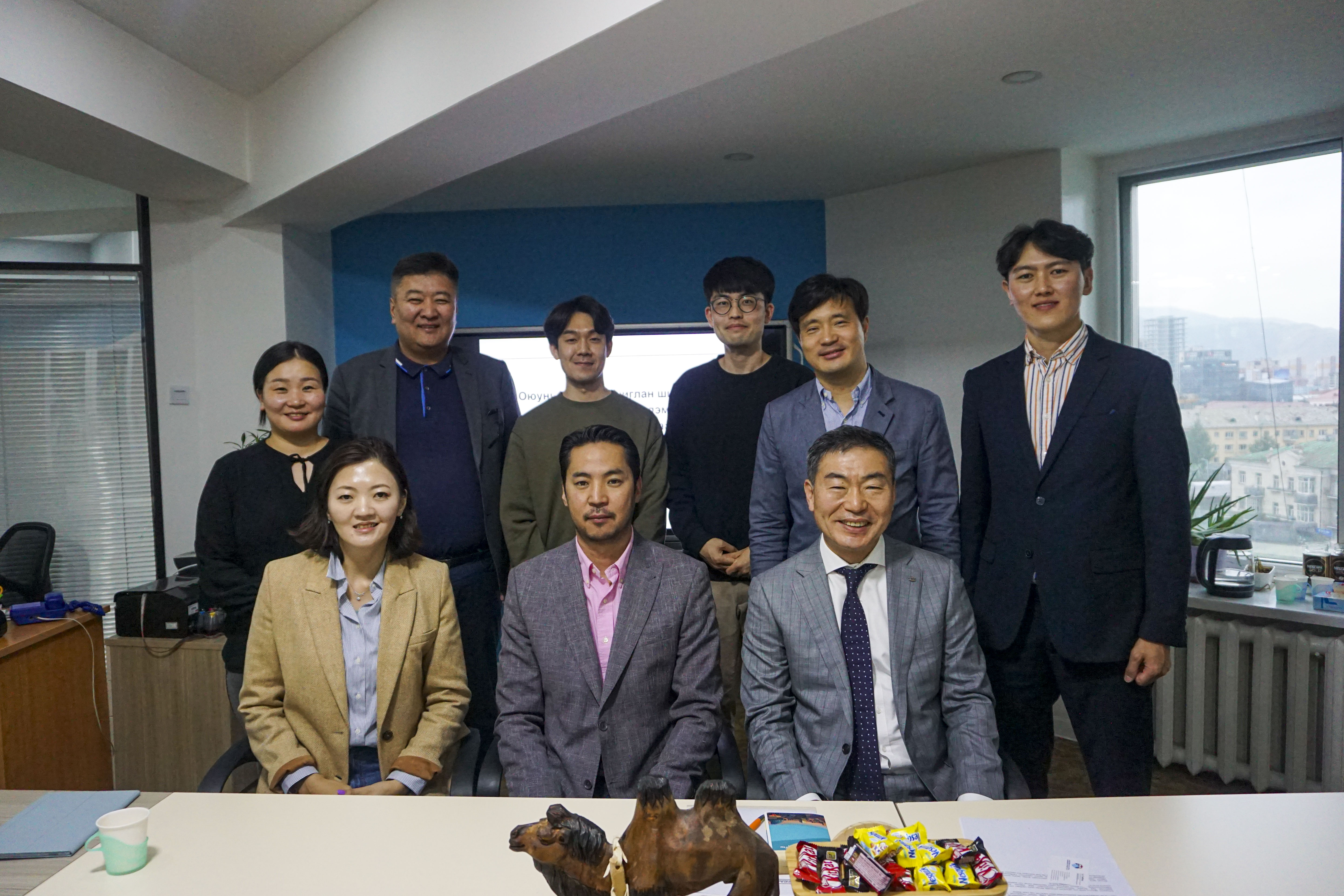
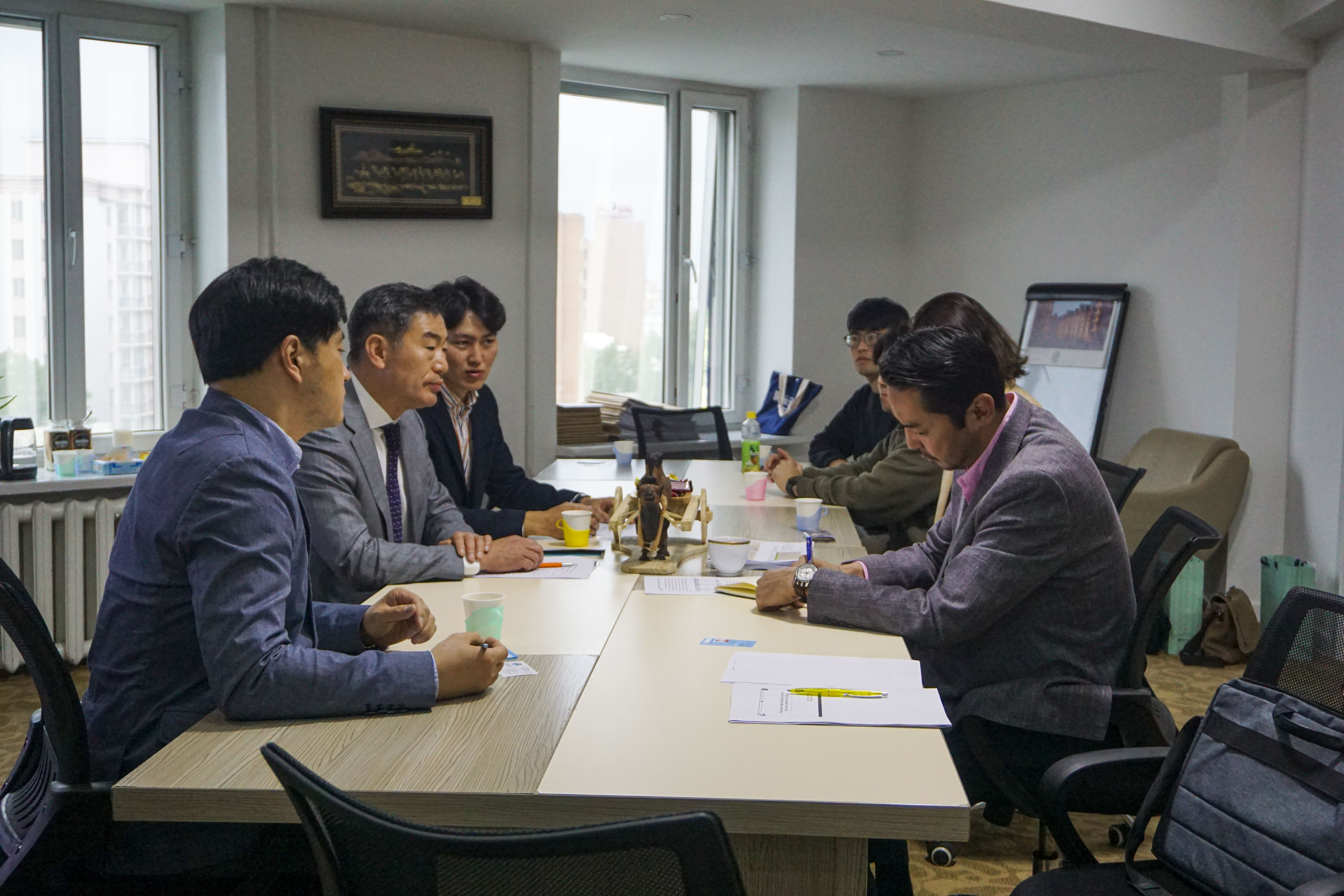
< On June 10 (Fri.), KIMM President Sang Jin Park (first photo, front line, first on the right) met with Mr. Ts. Ganbold (first photo, front line, center), Head of the Capital City Air and
Environmental Pollution Control Dept. at City of Ulaanbaatar to discuss cooperation in reducing particulate material emission from old buses within the city (Photo Credit: KIMM) >
As part of the Ministry of Science and ICT’s project on science and technology support for the utilization of intellectual property (joint research for solving issues in developing countries, ODA), KIMM has been conducting a technology development project led by Dr. Dae Hoon Lee, Head of the Dept. of Plasma Engineering at KIMM/UST Professor, to reduce automobile exhaust emissions in Ulaanbaatar, Mongolia since last year.
In 2019, Mongolia officially requested the Korean government to provide support for reducing particulate matter emission from the vehicles in Ulaanbaatar. Fine dust pollution in Mongolia is very serious* due to the widespread use of low-grade heating fuel; a lack of emission reduction technologies in power plants and factories; and a large number of old vehicles still in use. Furthermore, it is difficult to apply existing DPF technologies in Mongolian vehicles due to the high sulfur concentrations in fuel sources** and low atmospheric temperatures in the winter.
* Mongolia’s average air pollution concentration in winter is 300-400 ㎍/㎥, which is more than ten times higher than that of Seoul (20-30 ㎍/㎥). In 2016, the particulate matter concentration in Mongolia rose to 3320 ㎍/㎥, the second highest in the world.
** The sulfur concentration of Mongolian diesel is over 1,000 ppm, which prevents the use of the diesel oxidation catalyst (DOC), which is conventional DPF equipment (for reference, in Korea, the level is 5 ppm).
Using a Diesel Particulate Filter (DPF), KIMM’s original plasma DPF technology captures particulate matter generated during the combustion process of diesel engine, before burning and removing it. A temperature of at least 550 °C is required for this removal process. As such, when the temperature of exhaust gas is not high enough during low-speed driving in downtown areas or during the winter, a diesel oxidation catalyst (DOC), fuel after-injection from the engine, or separate burners are installed to raise the temperature accordingly.
Specifically, construction machinery and other special vehicles showed very low exhaust gas temperatures. As a result, when applying conventional burner technologies, it was difficult to apply the DPF itself because of ignition failure or unstable flame resulting in the generation of white smoke. To address these issues, KIMM has developed the world’s first original DPF system that can be operated stably, even in special vehicles, through innovations using plasma burner technology, which improved the ignition and flame stability of the burner.
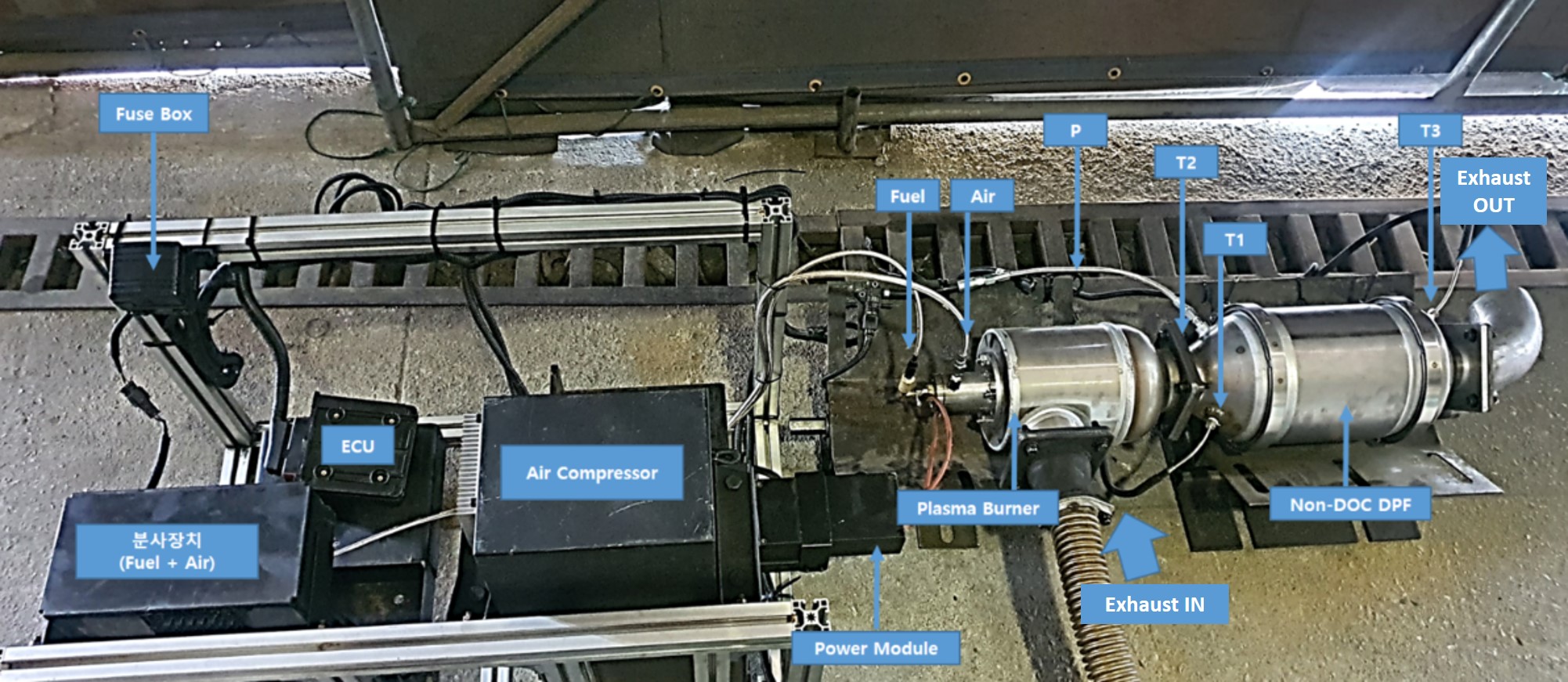
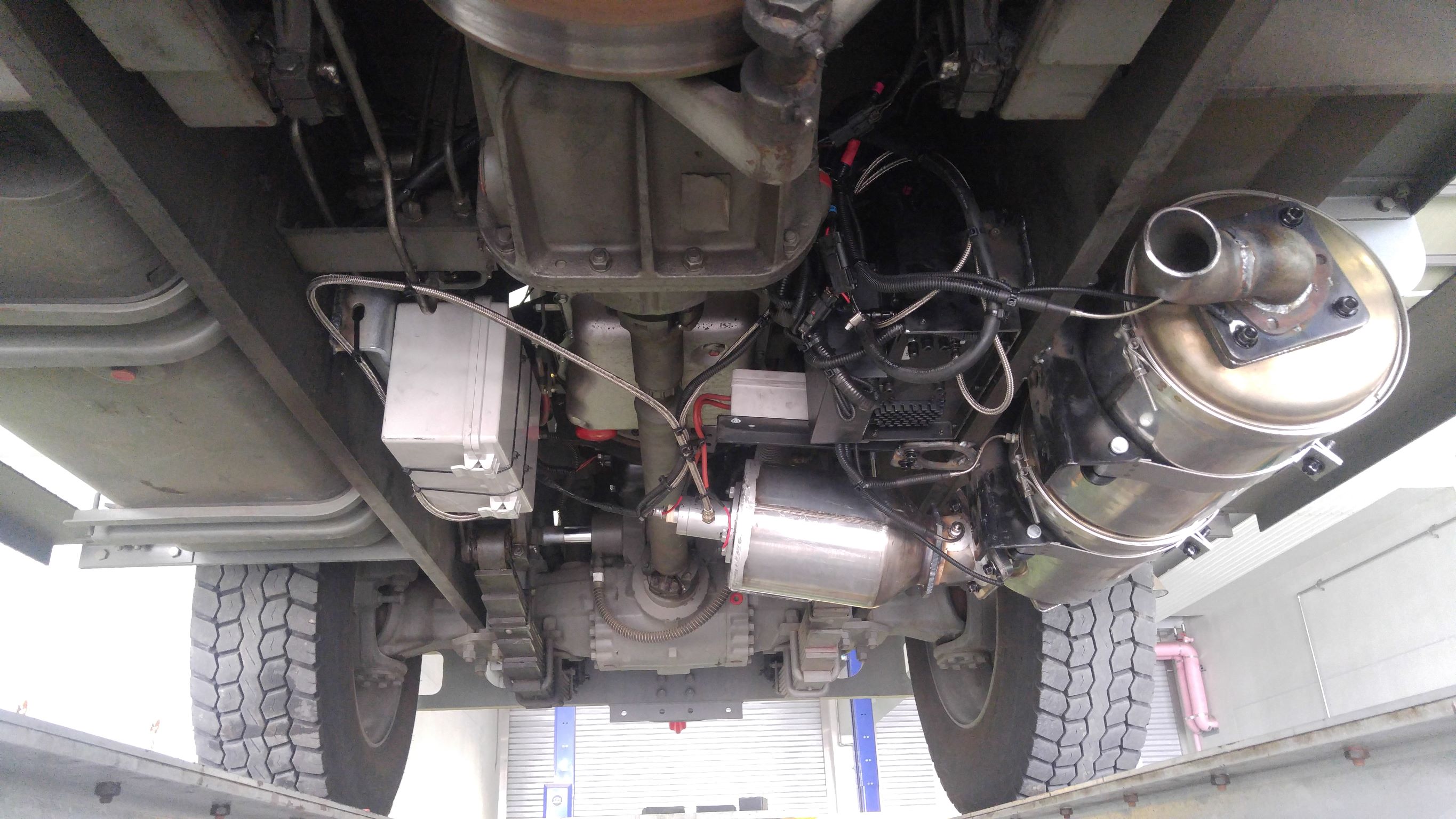
< (Left) A photo of KIMM Plasma DPF System, (Right) A Photo of Plasma DPF System installed in a special Korean military vehicle (Photo Credit: KIMM) >
This technology has been applied to special military vehicles since 2018, and field tests have demonstrated its capacity to alleviate the inconvenience experienced by soldiers due to excessive particulate matter emission. Since 2021, field tests of this technology have been applied to construction machine such as mixer and dump truck, once again confirming significant reductions in the generation of white smoke. The field tests in Mongolia will be the first of their kind to be conducted overseas.
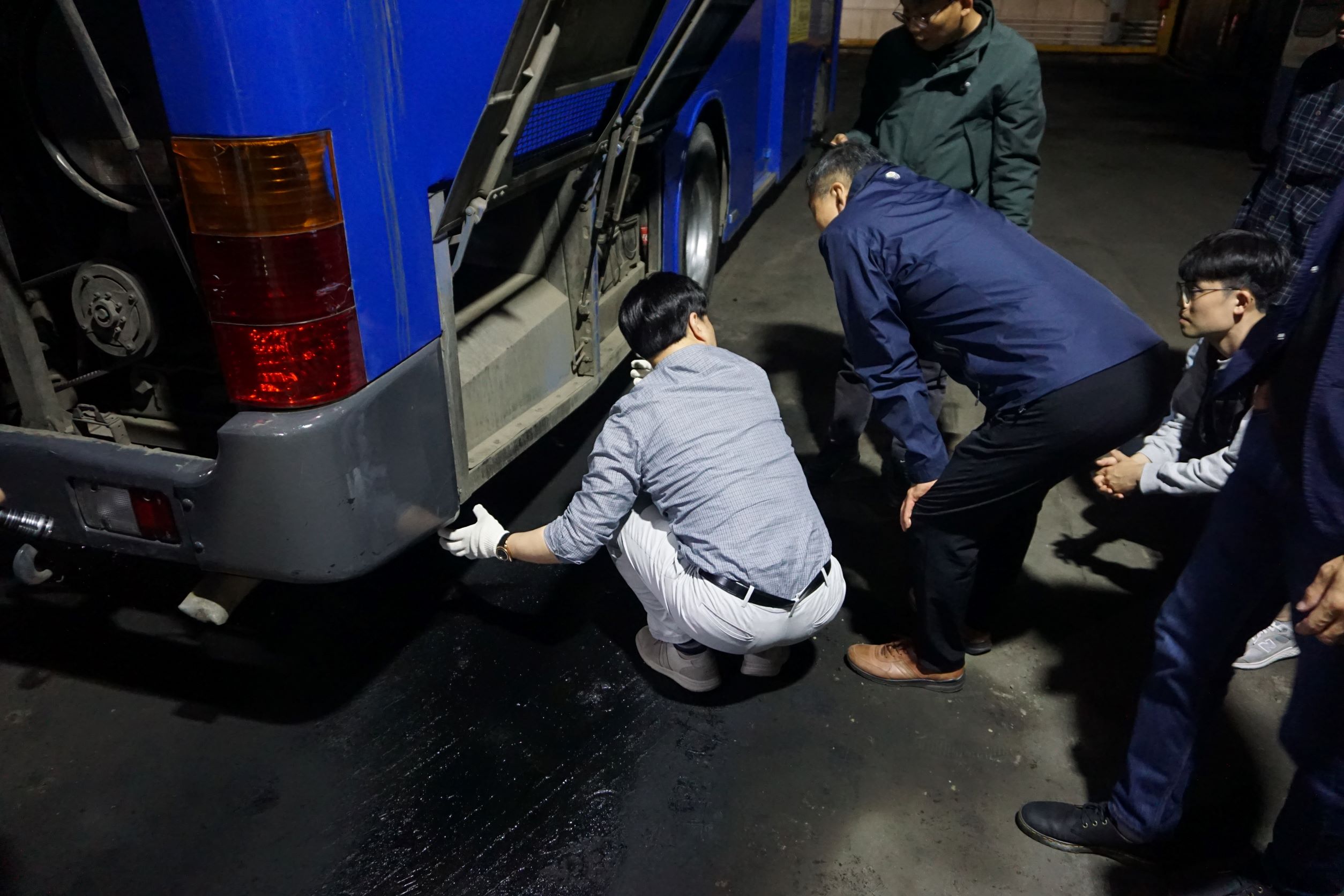
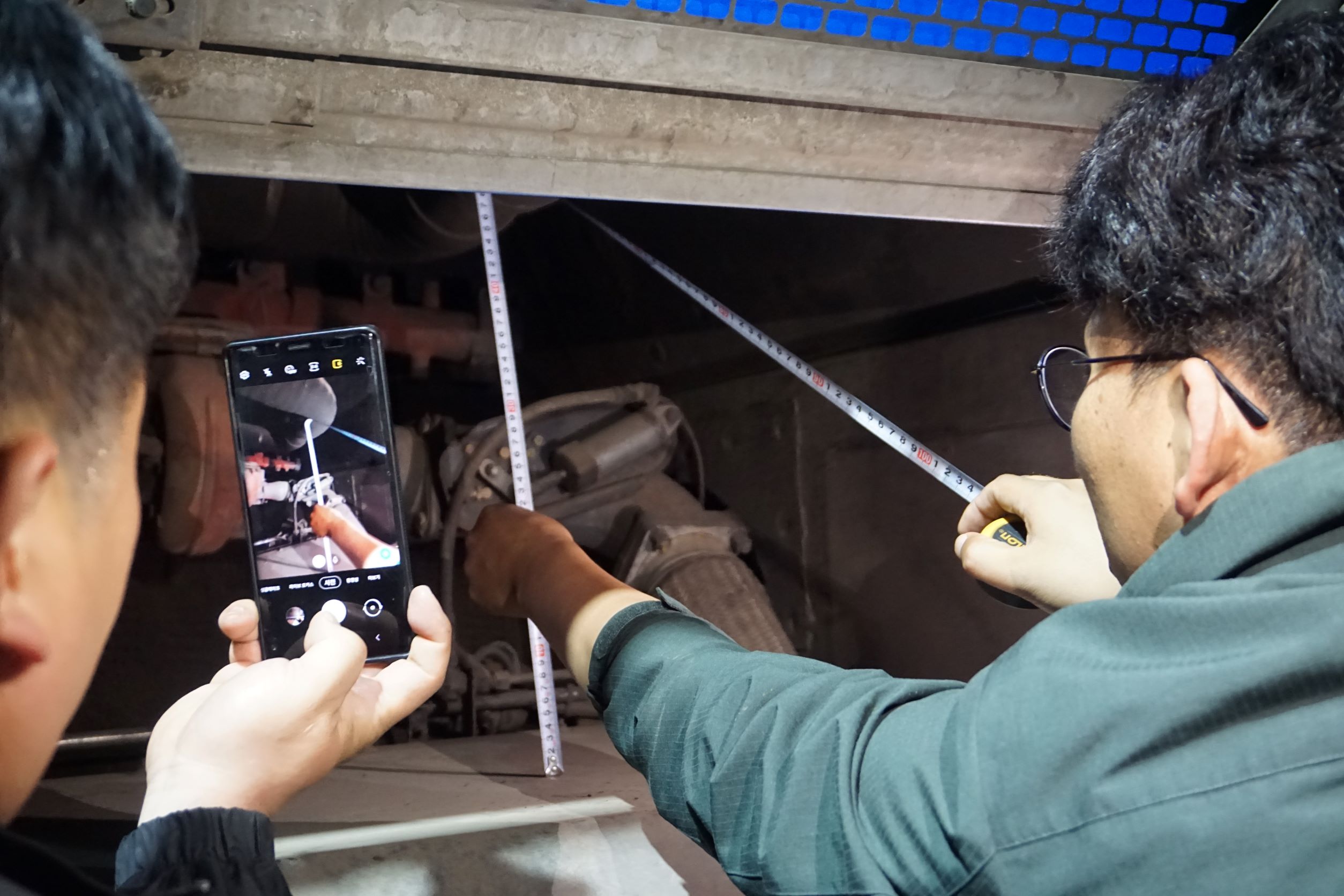
< On June 9 (Thu.), KIMM President Dr. Sang Jin Park (first photo, second from the left) and KIMM research team had visited
an Ulaanbaatar local bus company Sutain Buyant LLC. to inspect the local buses for the application of KIMM’s Plasma DPF System. (Photo Credit: KIMM) >
On Wednesday, June 8th, the KIMM research team signed a Memorandum of Understanding with the Mongolian University of Science and Technology (MUST)*** , a partner institution in this project. Through this agreement, the two parties agreed to continue their cooperative research efforts for successful application of plasma DPF technology in Ulaanbaatar, Mongolia.
*** MUST was founded in 1959 and specializes in science and technology education. Currently, MUST boasts a faculty of 200 professors and operates about 40 affiliated research institutes. Research on air pollution is being conducted with departments that specialize in respective fields.
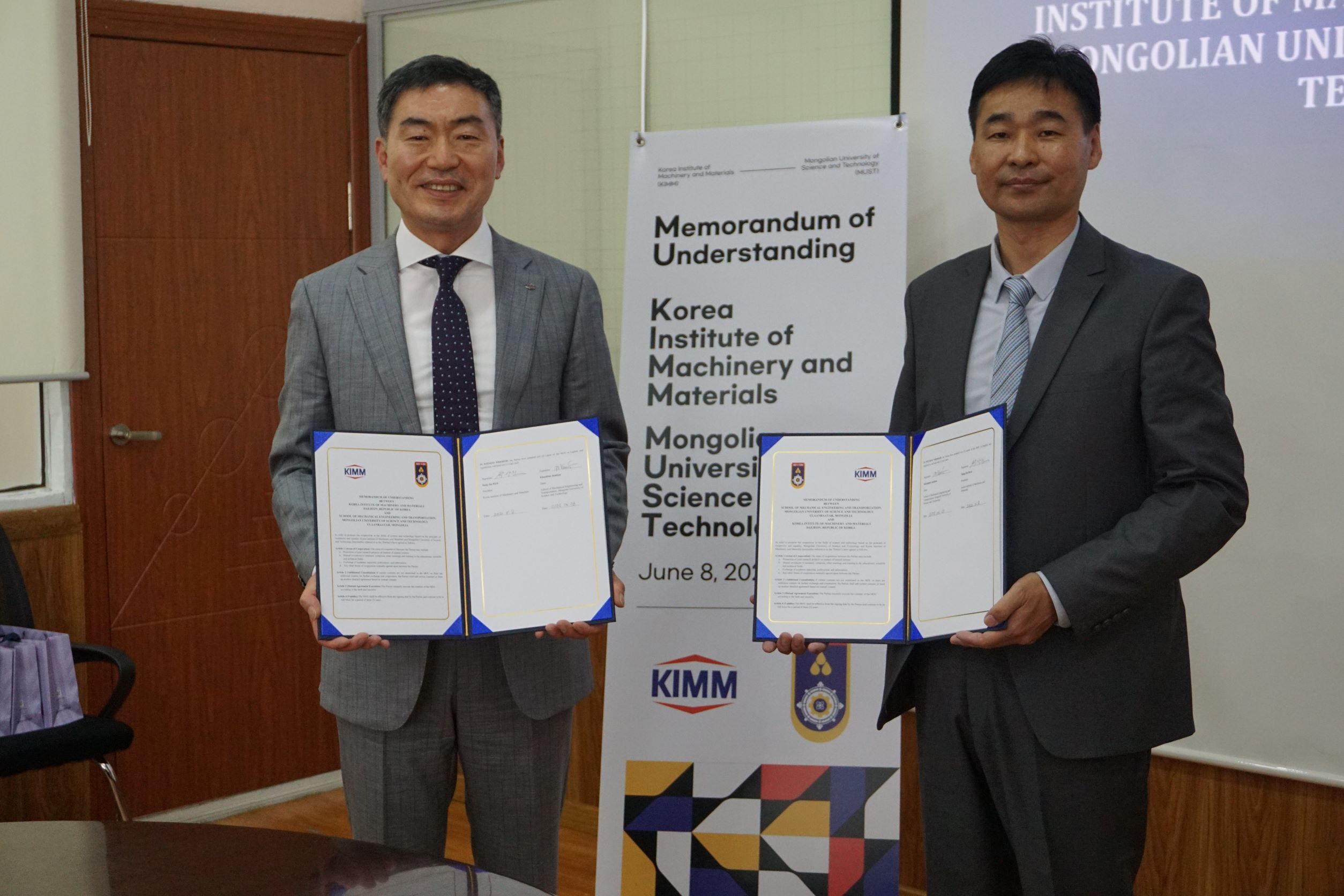
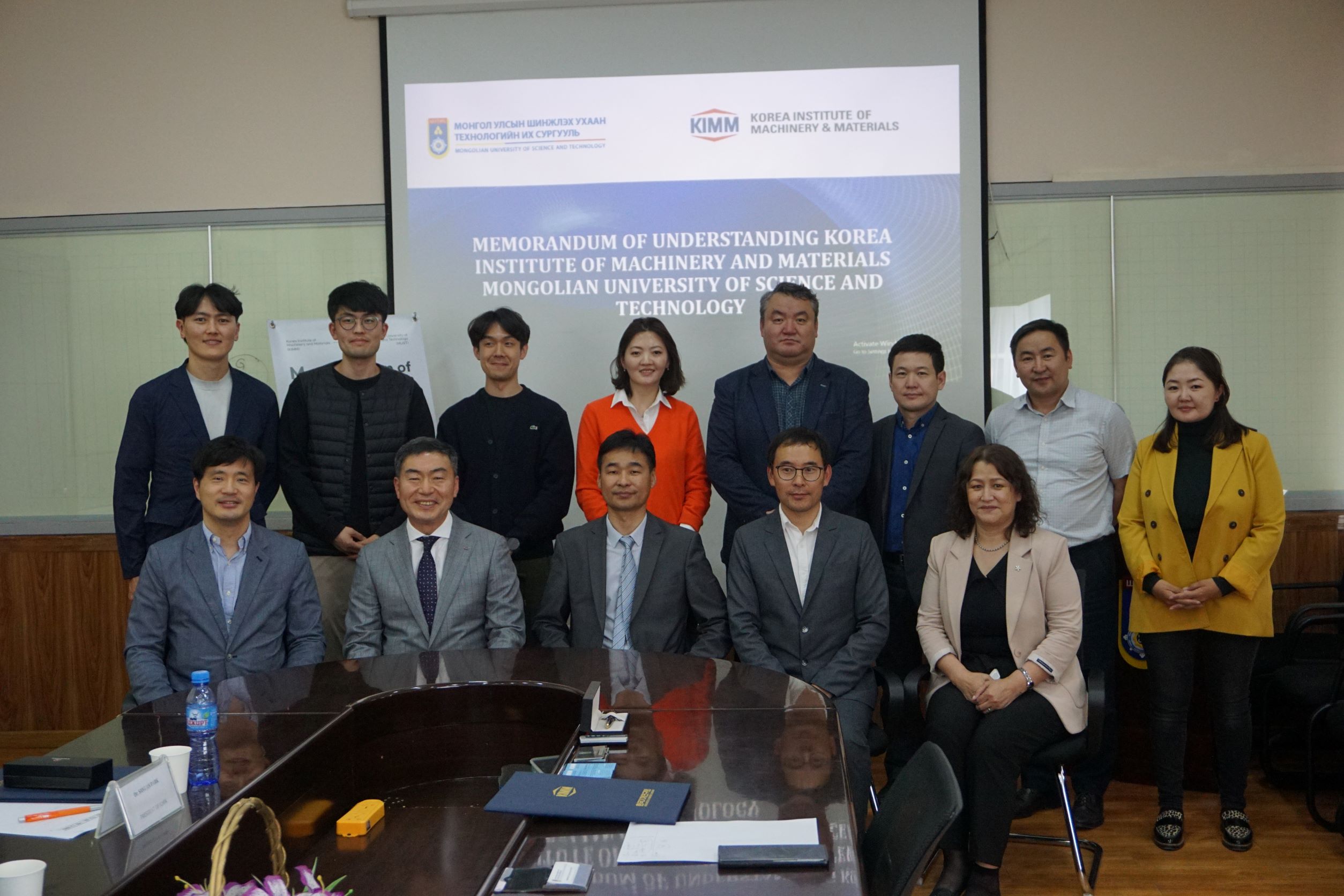
< On June 8 (Wed.), KIMM President, Dr. Sang Jin Park (first photo, on the left), signed an MoU with Prof. J. Khasbat (first photo, on the right),
the Dean of School of Mechanical Engineering and Transportation at Mongolian University of Science and Technology (MUST) (Photo Credit: KIMM) >
KIMM President Dr. Sang Jin Park stated that the large-scale application of KIMM’s customized emission reduction technology in Mongolia, where it is difficult to apply conventional DPF technologies, will enhance South Korea’s status as a technologically advanced country and contribute to supporting the expansion of domestic companies overseas. He also added that, moving forward, KIMM hopes to contribute to the improvement of global issues regarding particulate matter pollution by further supplying advanced technologies to other countries with relatively poor fuel quality and vehicle conditions.



